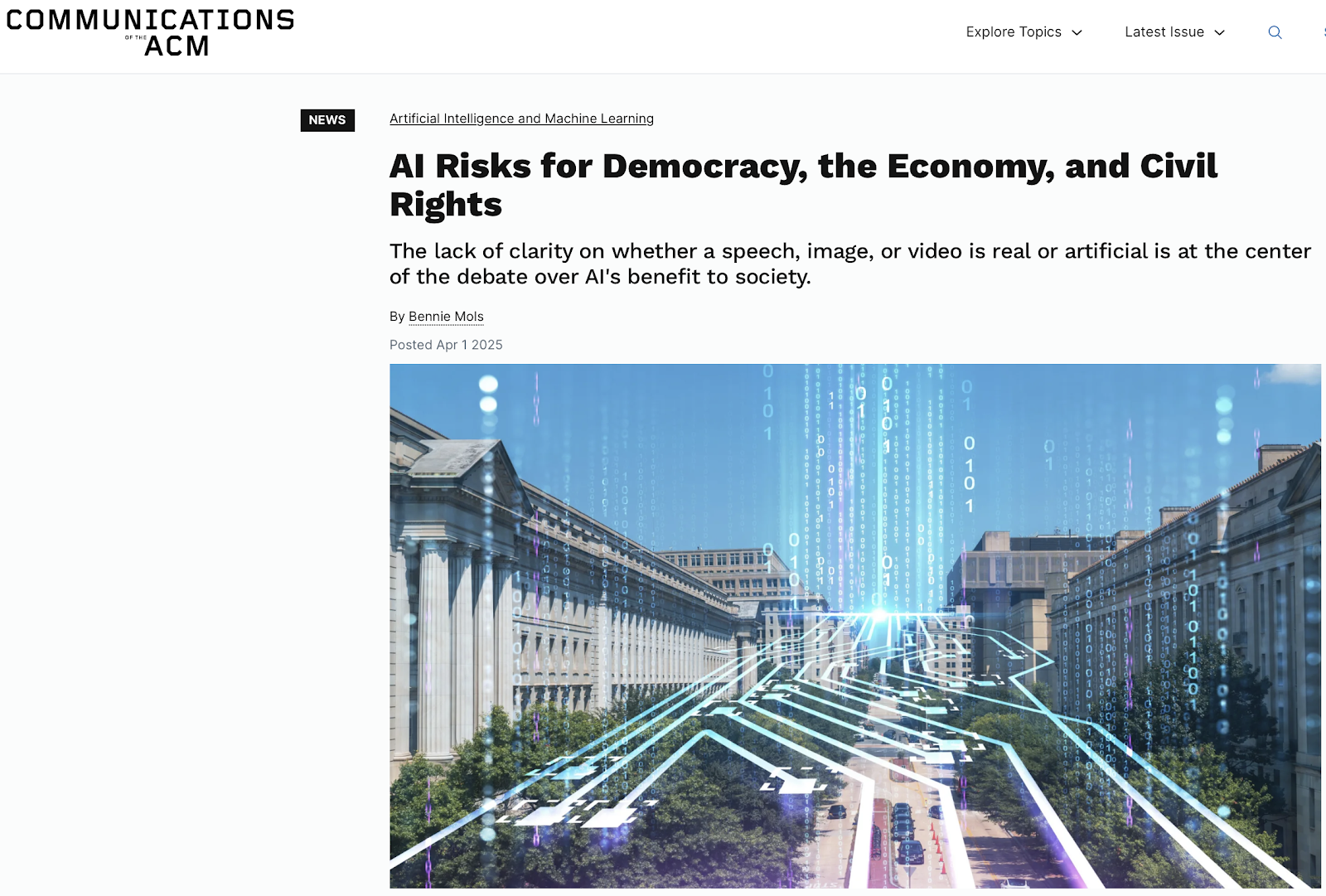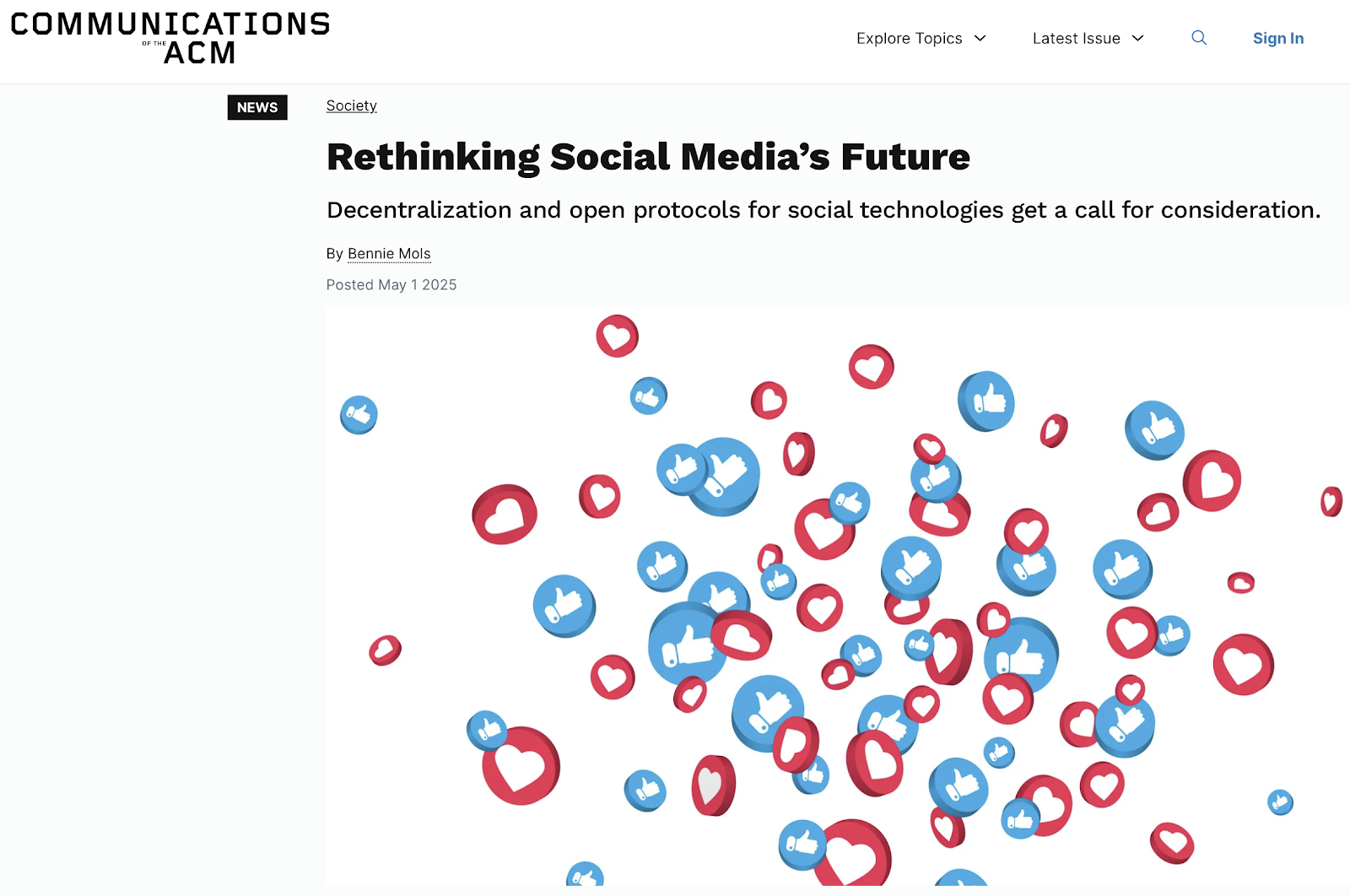This article was written for ACM News and published on 12 May 2025.
With the rise of deep learning since 2010, the number of computations needed to train artificial intelligence (AI) models has doubled about every six months. Enabling that growth requires a lot of energy, and in practice most of that comes from fossil fuels.
On the other hand, there are also countless ways AI can help save energy, which raises the pressing question of whether AI will lead to a net increase or decrease in energy consumption and, subsequently, what effect that will have on climate change.
That question was at the center of the session “AI in the Era of Climate Change: Solution or Problem?” at the AAAS Annual Meeting in Boston in February.




